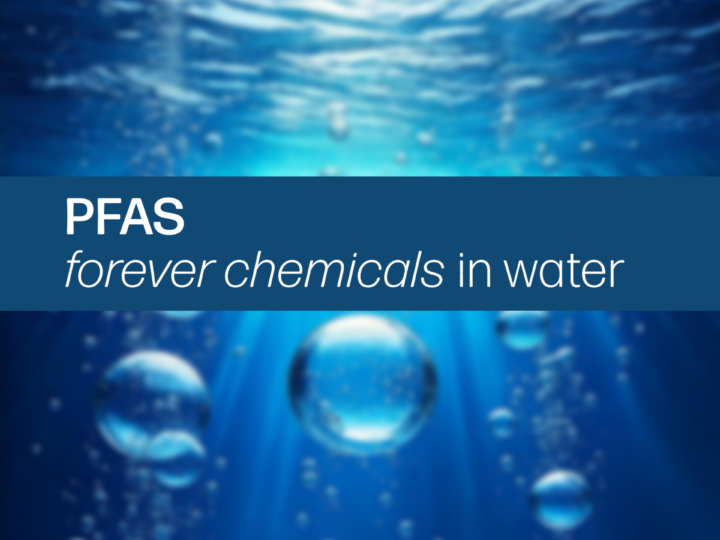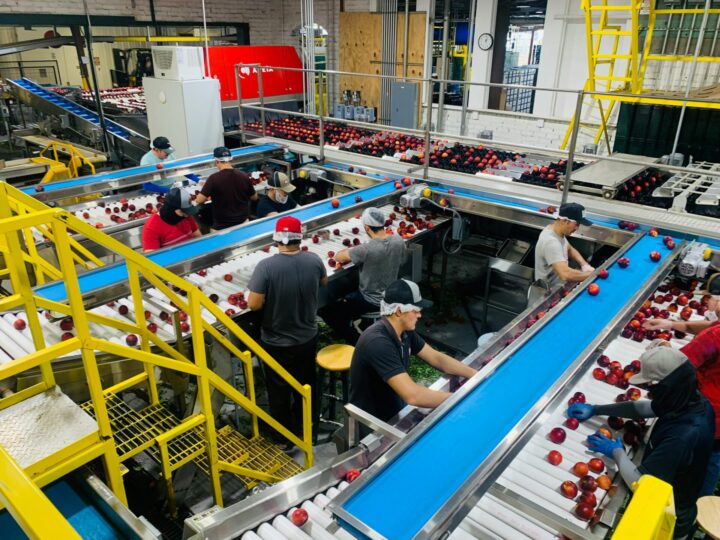
PFAS Forever Chemicals in Water
David Fuller - 1st Nov 2024
Introduction to PFAS
Per- and polyfluoroalkyl substances (PFAS) are a group of chemicals used in a wide variety of consumer and industrial products, such as firefighting foams, textiles, non-stick cookware, and food packaging. Known as “forever chemicals,” PFAS persist in the environment and can accumulate in living organisms due to their resistance to breakdown. This resilience is linked to several potential health risks, including cancer, liver damage, and developmental issues.
The Environmental and Regulatory Impact
PFAS have become a significant environmental concern due to their persistence and widespread contamination of water sources, including groundwater and drinking water. Many countries are ramping up regulations to address the impact of PFAS on human health and the environment. In the UK, for instance, PFAS regulations are being driven by the European Union’s broader chemical safety frameworks, such as the REACH regulation, which imposes stringent guidelines on PFAS use and seeks to phase out these chemicals wherever possible. Additionally, the UK follows international treaties like the Stockholm Convention, which aims to eliminate or restrict persistent organic pollutants, including some PFAS compounds.
Technologies for PFAS Removal
Industries seeking to meet these evolving regulations are turning to advanced water treatment technologies to reduce PFAS contamination in water supplies. Reverse osmosis (RO) is one of the most effective methods for removing PFAS, capable of filtering even the smallest PFAS particles due to its fine-pore membrane technology. This process provides an essential solution for industries striving to mitigate PFAS contamination risks while adhering to regulatory standards.
As regulatory pressure mounts, industries must take proactive measures to manage PFAS contamination risks. Implementing solutions like reverse osmosis is a critical step for industries, not only to ensure compliance but also to minimise environmental impact.
To learn more about reverse osmosis click here or get in touch.

Back to Latest News




